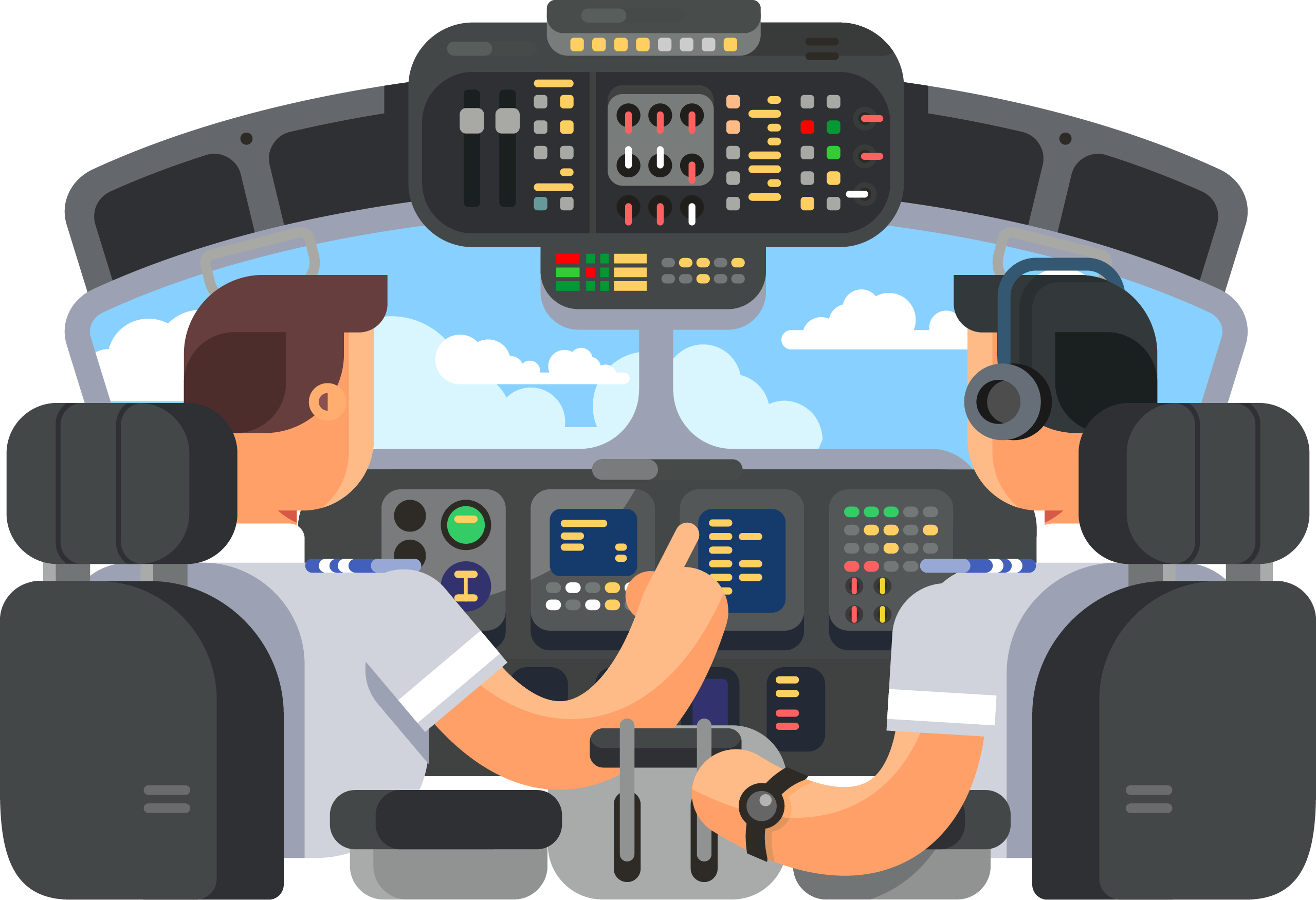
 CPL Eligibility requires a unique combination of experience and skills. To be eligible for a CPL, you must:
CPL Eligibility requires a unique combination of experience and skills. To be eligible for a CPL, you must:
New Pilots under 18 should start by obtaining their private pilot license.
All commercial pilots must pass an additional medical exam from an Aviation Medical Examiner (AME) and receive a second-class medical certificate. 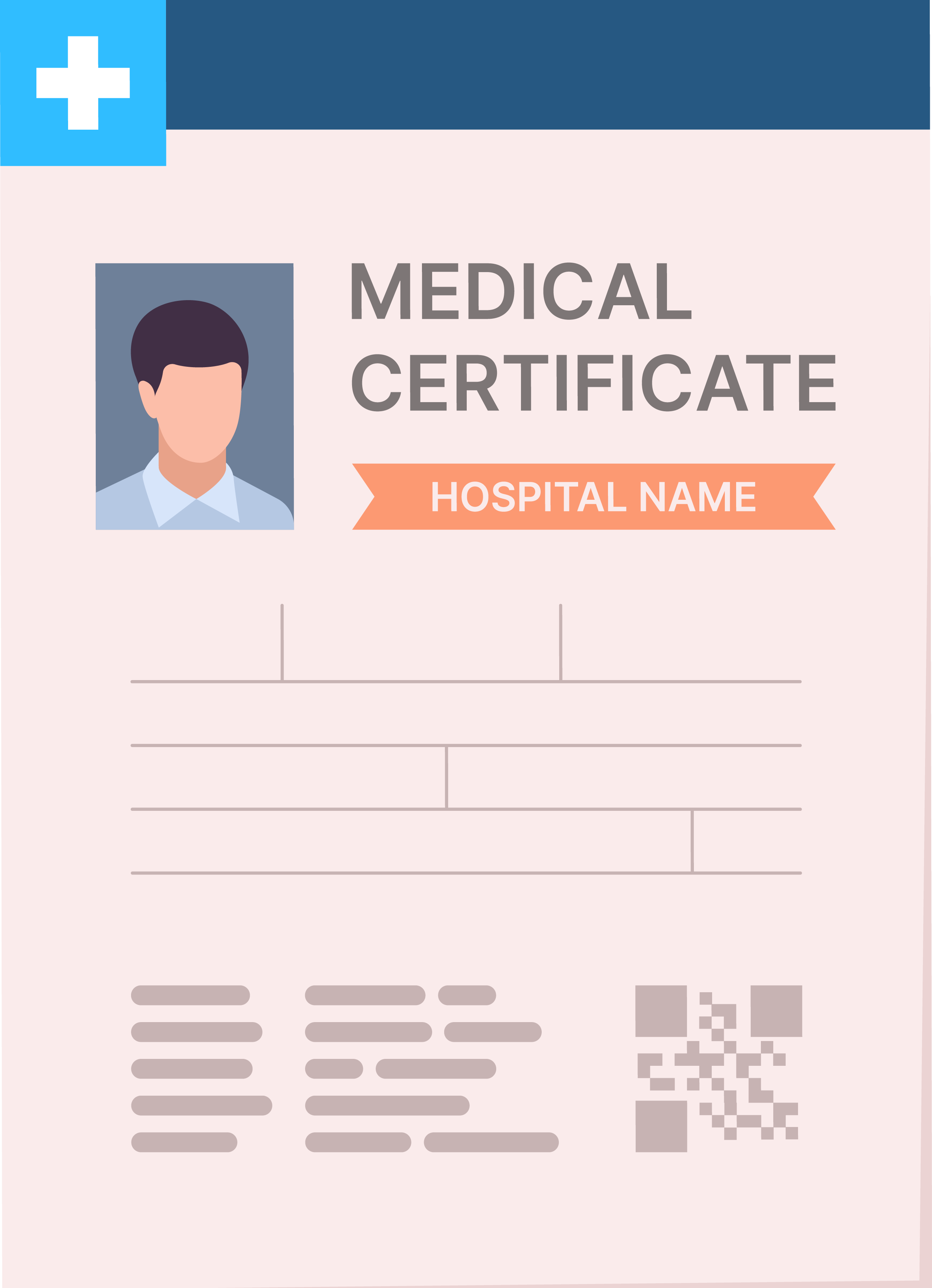
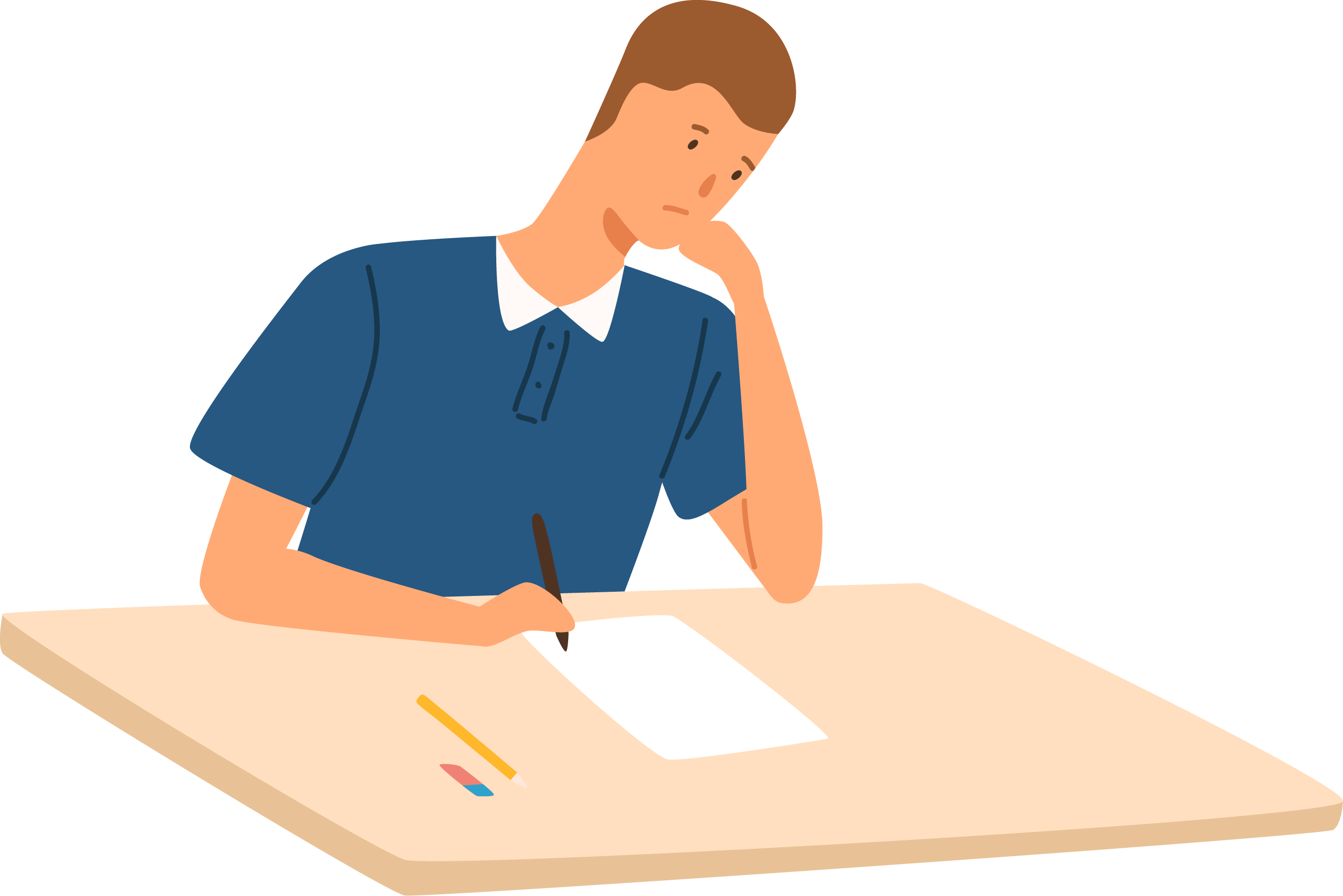 Passing the FAA written exame arly helps prove your proficiency and allows you to focus solely on flying.
Passing the FAA written exame arly helps prove your proficiency and allows you to focus solely on flying.
To be eligible for the exam, you must:
The exam is three hours, consists of 100 multiple0choice questions, and has a minimum passing score of 70%.
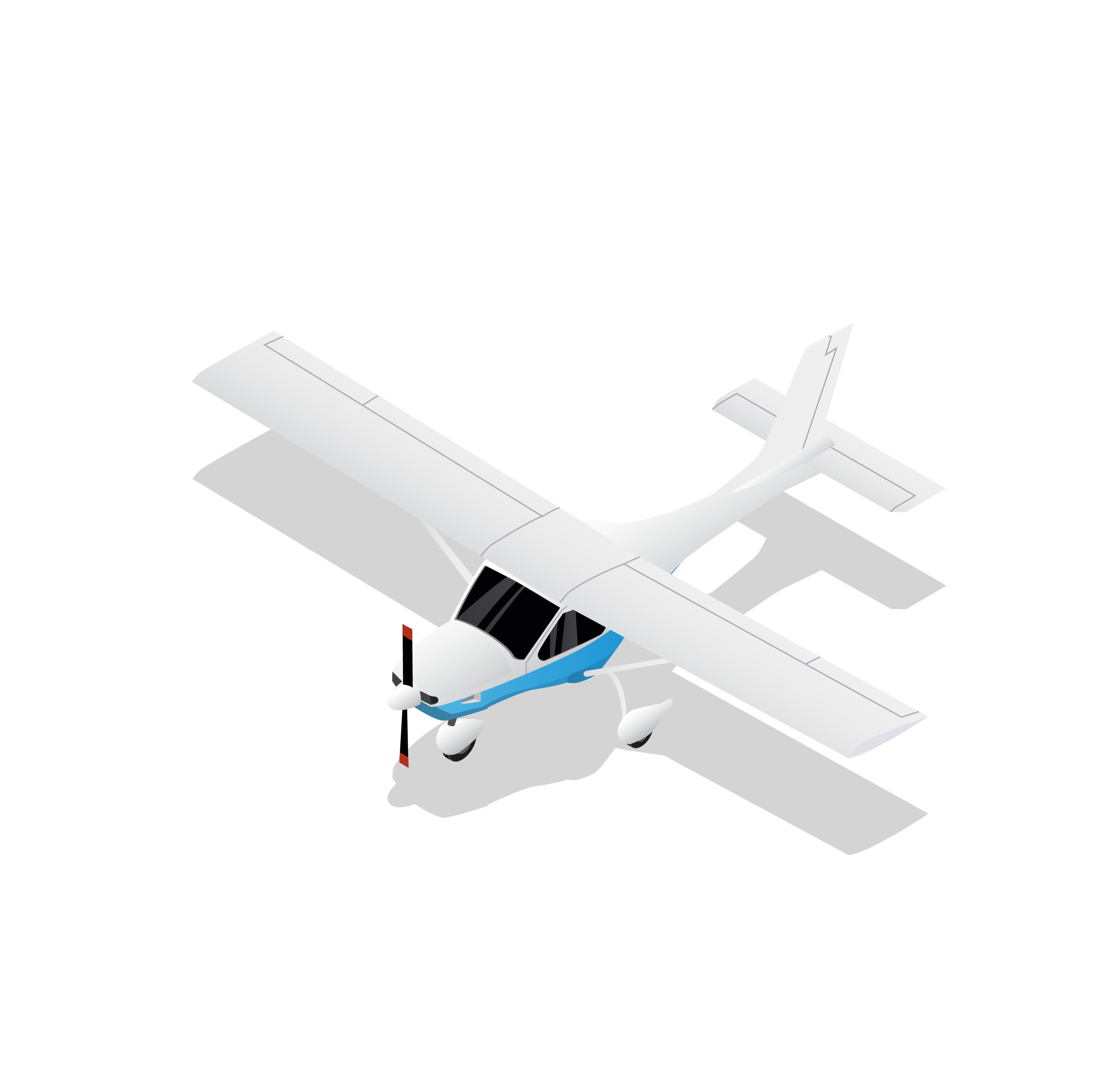 With your written exam completed, it’s time to plan your training and get off the ground!
Just like private pilot training, you’ll need to find an aircraft and certified flight instructor (CFI) for training.
An accredited flight school is often the best option, with costs usually including:
With your written exam completed, it’s time to plan your training and get off the ground!
Just like private pilot training, you’ll need to find an aircraft and certified flight instructor (CFI) for training.
An accredited flight school is often the best option, with costs usually including:
Ground school teaches aviation, navigation, communications, night flying, and other skills tailored to commercial flight.
Like with private pilot training, you can choose between Part 141 and Part 61 schools.
Many students prefer Part 61 schools for their more flexible schedules and instruction methods. 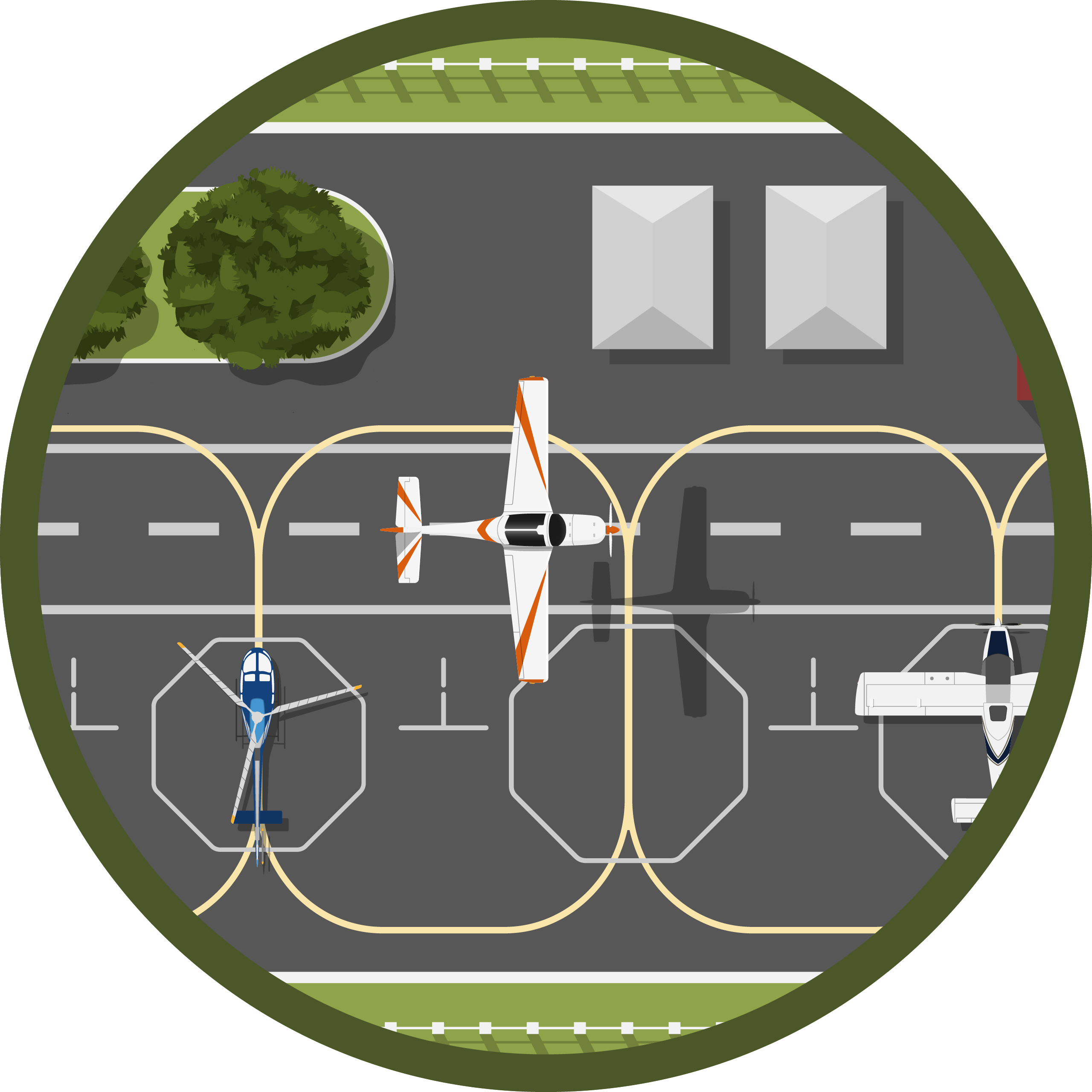
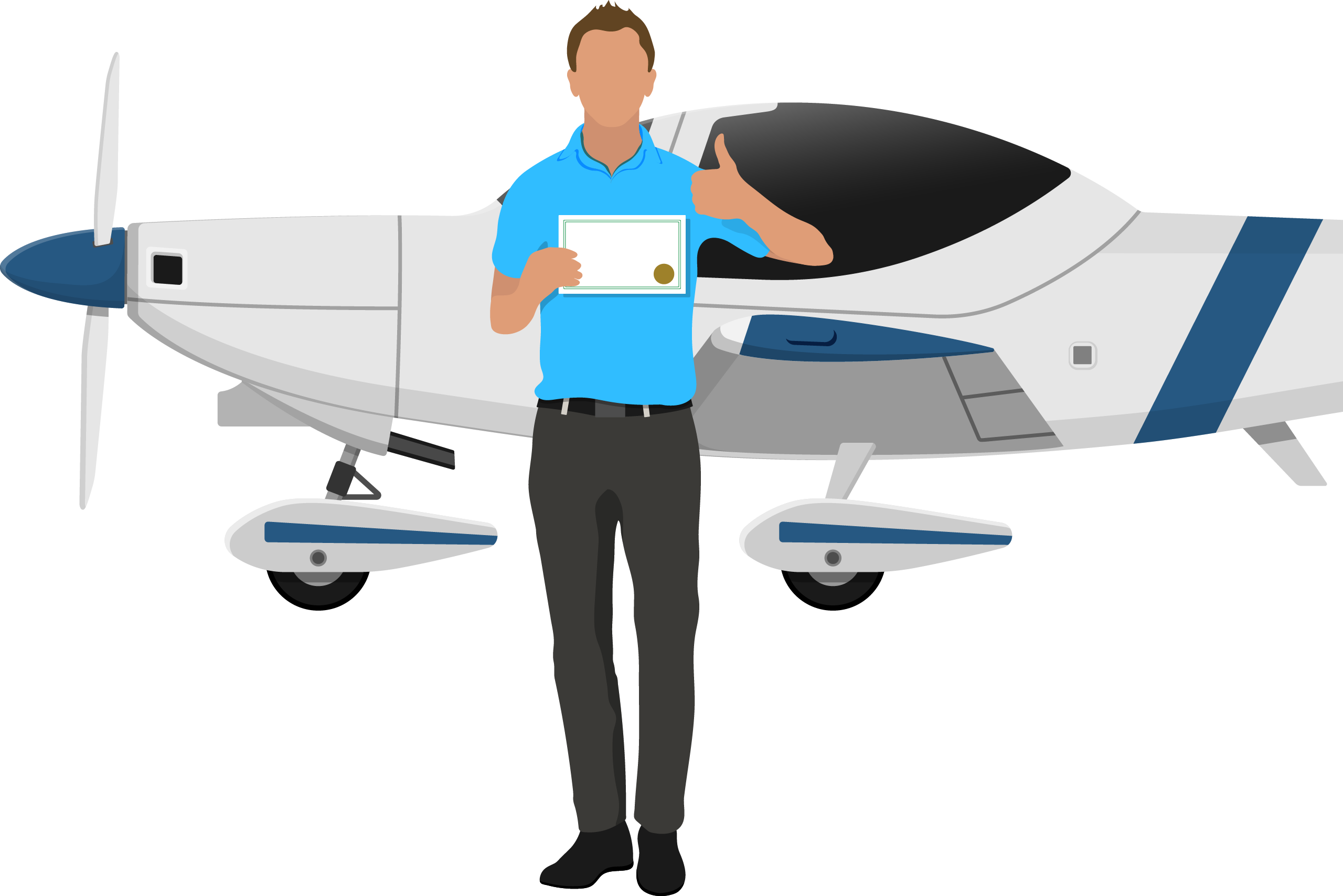
With your flight training complete, it’s time to put your skills to the test!
A Designated Pilot Examiner will lead you through the checkride, which includes a verbal portion and test of your flight skills and professionalism.
After passing your checkride, you’ll receive a temporary pilot certificate. 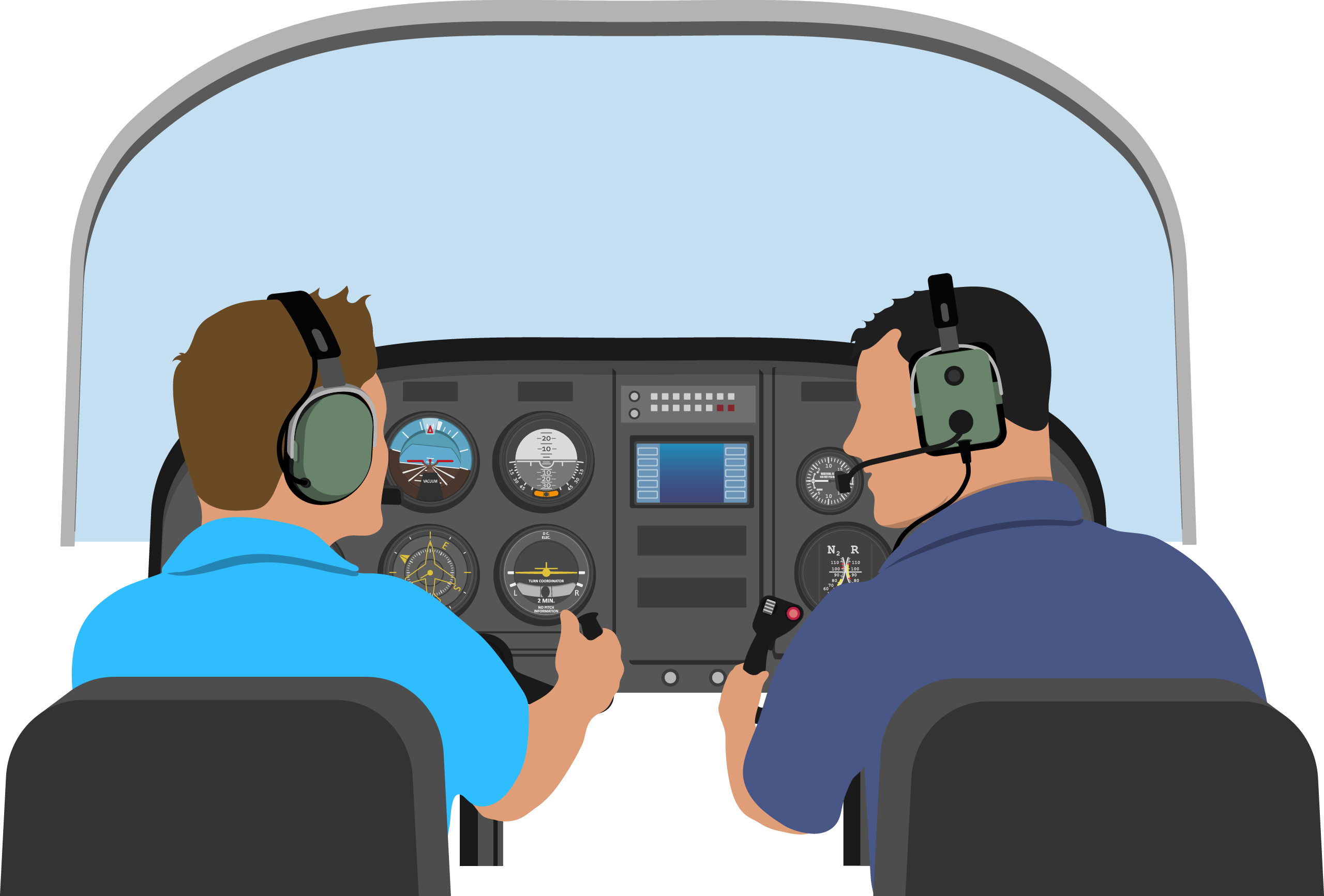
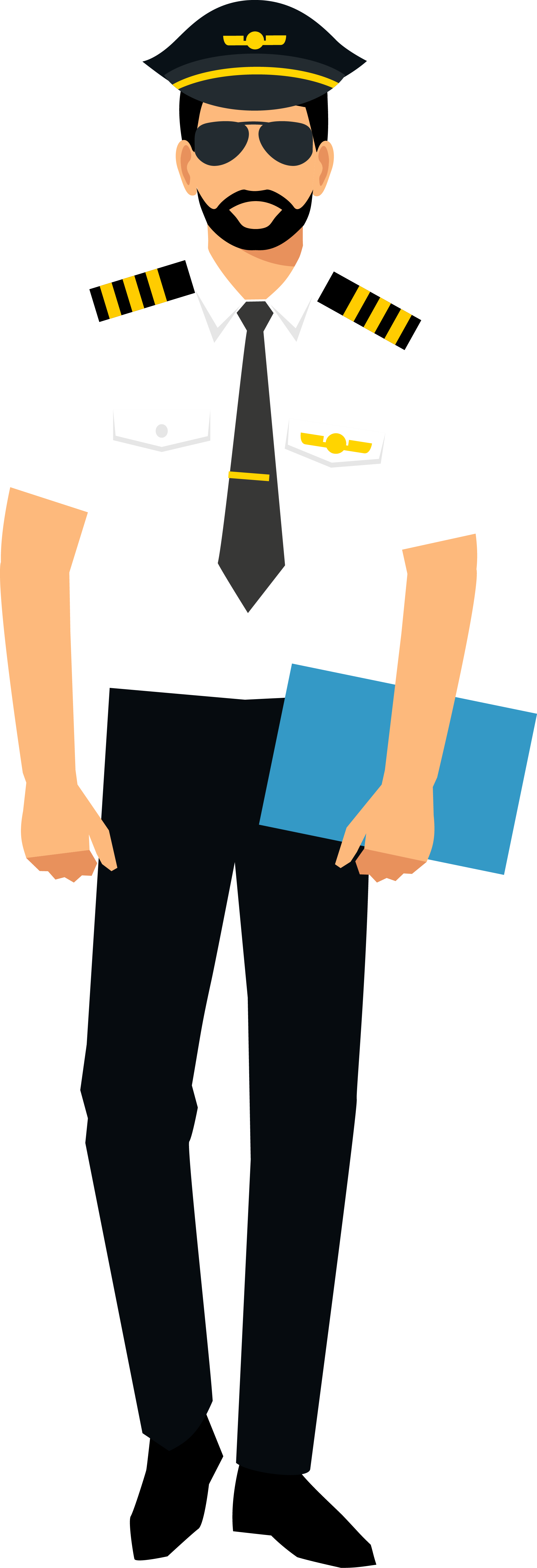 With your training and checkride completed, the FAA will review your qualifications and give you your CPL!
Note that a CPL doesn’t guarantee a job, but it’s a great first step.
Some commercial pilot jobs require additional certification, such as an Airline Transport Certificate (ATP) for airline pilots.
With your training and checkride completed, the FAA will review your qualifications and give you your CPL!
Note that a CPL doesn’t guarantee a job, but it’s a great first step.
Some commercial pilot jobs require additional certification, such as an Airline Transport Certificate (ATP) for airline pilots.To obtain a pilot license, the International Civil Aviation Organization (ICAO) requires applicants to read, speak, write, and understand English. You must be a private pilot and have been properly trained and tested.
As a pilot, you need at least a high school diploma. While there are great perks and payoffs, the job involves extended time away from home. Commercial pilots work nights, weekends, and holidays. There are many other requirements for licensure, as we’ll begin with in this step-by-step look at how to obtain a CPL.
You must be at least 18 years old to apply and have a private pilot certificate. A lack of experience can get in the way of your goals. You must have at least 250 hours of training to earn your license.
Decide how you are going to approach your flight training. An accredited flight school is often best. Costs include those of a certified flight instructor, aircraft rentals, testing fees, supplies (including study materials, headsets, etc.), and possibly other training assets.
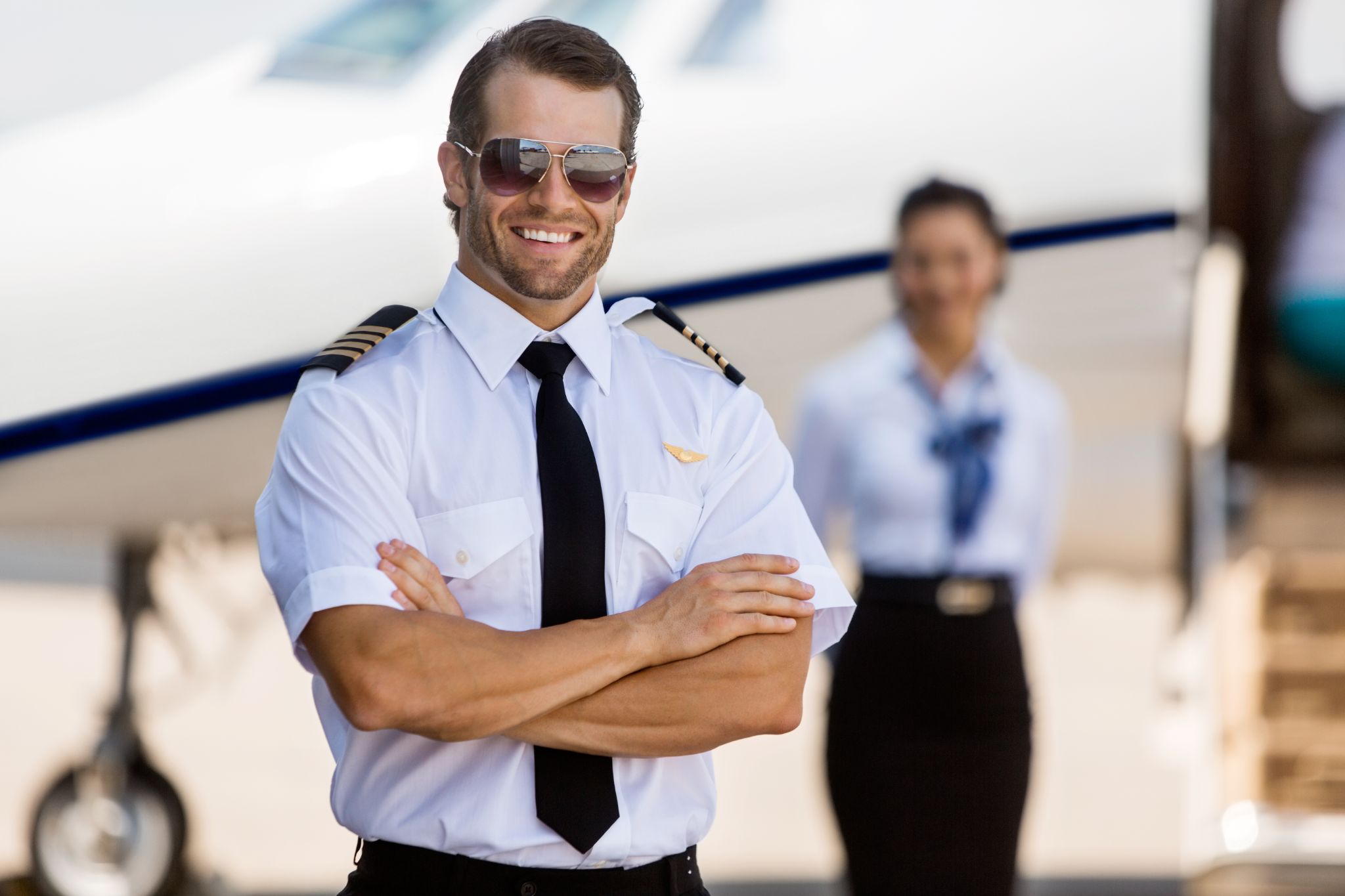
According to Indeed.com, it can cost from $71,000 to $130,000 to earn your commercial pilot license. The expenses can rival the tuition of a four-year college or university.
While Part 61 schools aren’t required to have a specified number of hours, Part 141 schools must have an FAA-approved course with 35 hours of training. Ground school teaches you about aviation as well as navigation, communications, and meteorology. It also covers:
Under CFR Part 61, you’ll need a minimum of 250 flight hours to obtain your CPL in a Part 61 program (190 hours in a Part 141 school). You will need more consistency and precision than with private pilot training, and you must learn additional flight maneuvers. Training time includes:
A Designated Pilot Examiner will complete a verbal portion of the exam. Following this groundwork is a quick flight where you have the chance to show what you’ve learned and how you can be professional. The examiner is looking to see your potential as a commercial pilot.
If you pass your checkride, you will receive a temporary pilot certificate from the examiner. The FAA will then review your qualifications and provide you with a permanent certificate upon approval.
Unless you are employed by an airline or an aviation company, earning your CPL doesn’t guarantee you a job, but you’ll be qualified for various types of paid jobs in addition to commercial flight, such as student instruction, ferrying or training flights, banner towing, crop dusting, and aerial photography.
Kingsky Flight Academy offers various types of training to meet clients’ goals, whether they wish to obtain a student pilot certificate or train to be a private, recreational, or commercial airline pilot. All our programs follow FAA training guidelines. We also offer bachelor degree programs through Liberty University and Southeastern University. To learn more about these programs and how to get a pilot license, call us today at 863-248-2543.
